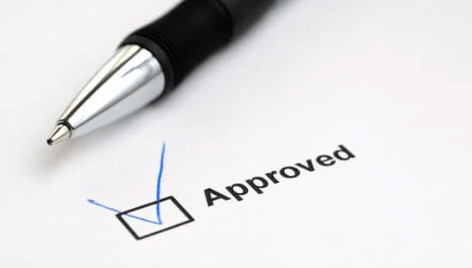
Table Of Contents
Top Ways to Get Your VA Claim Approved
– Donnel Beckles, Managing VA Advocate, Veterans Help Group
As one of the nation’s top advocates for disabled veterans seeking veteran disability benefits, Donnel Beckles knows the ins and outs of the VA disability claims and appeals processes. For the past 12 years, he’s put his knowledge and experience to work helping veterans and their families secure the benefits they deserve.
Today, Donnel shares what his years of service in this arena have taught him about getting a veterans disability claim approved.
Tips for Getting Your Veterans Disability Benefits Claim Approved
The first step toward a successful VA disability claim is to understand exactly what is required of you. That means educating yourself about the timeline for your claim and whether there are any time-related limitations, knowing whether your condition is scheduled and what disability ratings are associated with varying levels of symptoms, ensuring that you can complete the application thoroughly and accurately, and knowing what type of documentation will be required to prove your medical condition, and knowing what is required to establish a service connection.
If that sounds like a lot, don’t worry. Donnel and his team have a solid knowledge of what’s required to put together a winning veterans disability claim and can guide you through the process of assembling the necessary documentation and presenting it in a clear, comprehensive, and persuasive manner.
We’ll help you with these critical steps:
- Ensuring that your application is complete and all forms are filled out completely and accurately–errors or omissions could delay the processing of your claim, or even result in an initial denial.
- Make sure your medical documentation is sufficient to establish the condition or conditions your claim is based on, and that any relevant tests and other documentation are provided to the VA.
- Keep the VA updated if anything changes for you while your application is pending. For example, if you marry or have a child while your claim is under consideration, that may change the amount of compensation available to you.
- Make sure you document the onset of your disability, even if you didn’t file a claim right away. Some types of disabilities are covered only if you started experiencing symptoms within a certain time period after your military service. Friends and family can provide supporting evidence.
- Clearly establish a service connection, if your condition is not presumptively connected. This will likely require an expert opinion and other documentation.
- Make sure you attend your C&P exam, if one is scheduled, and bring all relevant records. If you miss your exam, your claim could be denied due to insufficient evidence.
Filing a VA Disability Claim? Put Our Knowledge to Work for You
There’s no reason to sort this out alone. Call us today at 855-855-8992 to learn more about how we can help, or click here to contact us today for a FREE consultation.
Donnel Beckles is a member of the National Organization for Veterans Advocates and is accredited to practice VA law by the Department of Veterans Affairs. Since 2016, he has led Veterans Help Group, one of the most successful VA disability advocacy organizations in the United States. He has helped veterans and their dependents secure tens of millions of dollars in benefits.

VA Disability Benefits and Tax Exemptions: What You Should Know
VA Disability Benefits and Tax Exemptions: What You Should Know Written by: Schuyler Swanton,...

Veterans Help Group In The Community
Veterans Help Group in the Community Written by: Bobbi Boudi, Director of Community Outreach, Amy...

The Veterans Appeals Efficiency Act of 2025
The Veterans Appeals Efficiency Act of 2025 Several bills are currently pending in Congress that...





